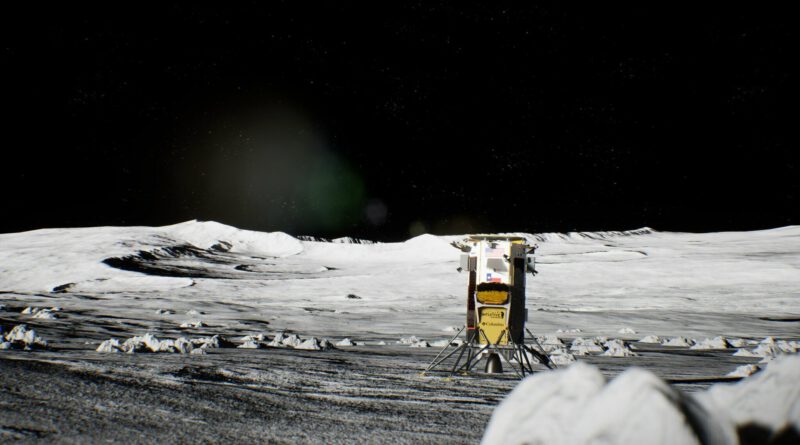NASA’s blasting a new lander to the moon. It’s wrapped in sportswear.
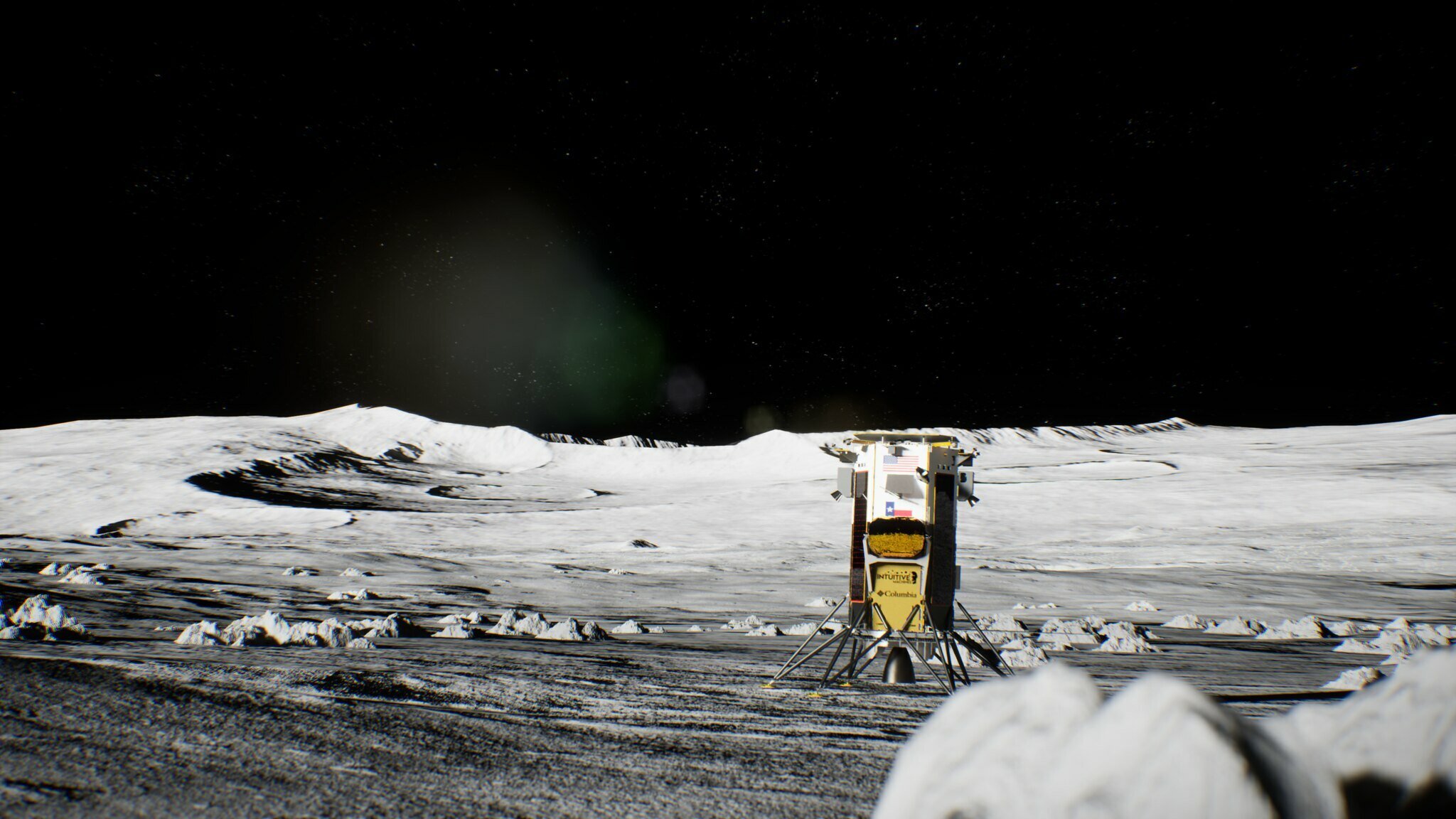
When a NASA contractor launches to the moon, a popular American clothing company will do its part to help the robotic lander bundle up for space and the frigid lunar south pole.
Houston-based Intuitive Machines will blast off on a SpaceX Falcon 9 rocket from Cape Canaveral, Florida, no earlier than Valentine’s Day, with a planned moon landing on Feb. 22.
If it touches down safely, the Nova-C lander will be seen on the moon wearing a special lightweight-yet-warm insulation made by Columbia Sportswear. The product is Columbia’s latest iteration of a fabric inspired by NASA’s Apollo-era space blankets, said Haskell Beckham, vice president of innovation for the brand. This golden material is on the panel covering the lander’s critical fuel tanks.
“It’s exactly the same material that we use in our jackets,” Beckham told Mashable. “The metallic layer is aluminum, there’s a protective coating on top of the aluminum that we have a gold pigment in, and then underneath that is a polyester textile fabric.”
The U.S space agency selected Intuitive Machines as one of several vendors for its Commercial Lunar Payload Services initiative to explore the moon over the next few years. The program has recruited the private sector to help deliver cargo, conduct experiments, and demonstrate new technology, as well as send back crucial data. Through these contracts, NASA wants to see a regular cadence of moon missions to prepare for astronauts’ return to the moon in 2026 or later.
Already this year the program has seen one of its contractors, Pittsburgh-based Astrobotic Technologies, try to make the journey but fall short of the goal. Its Peregrine lander flew in space for 10 days yet never reached lunar orbit, due to a detrimental fuel leak.
Meanwhile, space programs throughout the world are gunning for a chance to land on the moon, too. The Japanese space agency JAXA successfully made it to the lunar surface on Jan. 20, though its spacecraft landed upside down and suffered power-generation problems.
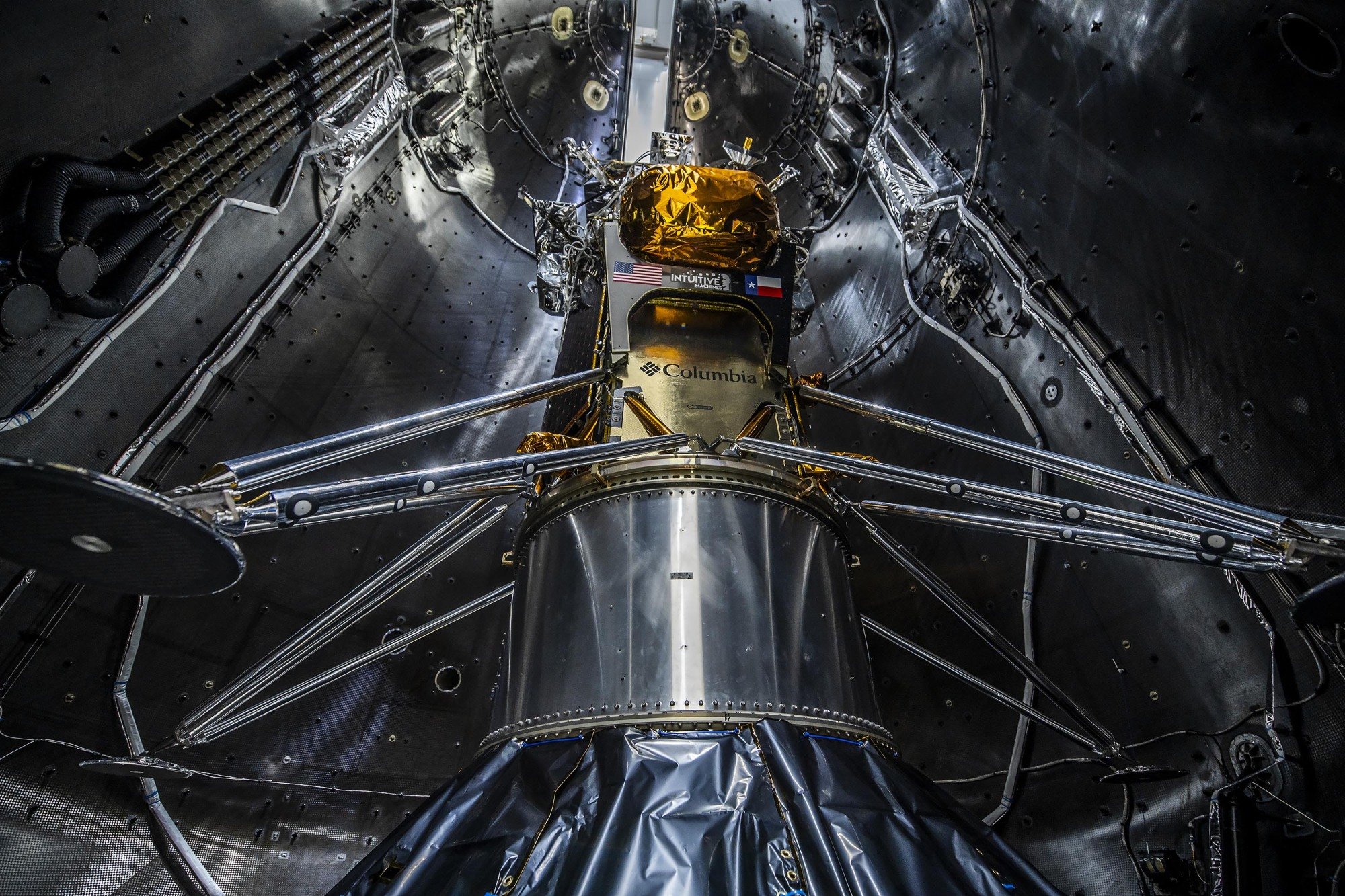
Given how hard it is to land, NASA has braced for many of its contracted missions to fail — and the loss of valuable instruments along the way. But the agency remains optimistic that overall these commercial missions will help NASA achieve its moon-to-Mars ambitions.
“We’re trying to find a way that NASA can get missions to the moon without having to pay for the entire mission,” said Trent Martin, Intuitive Machines’ vice president of space systems, during a news conference. “So that allows us as commercial companies to go open up that market to commercial companies, individuals, universities, and other space agencies from other countries that are interested in flying things to the moon.”
The IM-1 mission seeks to land at the Malapert A crater, just under 200 miles from the south pole and among the coldest sites on the moon.
At first, Intuitive Machines merely approached Columbia Sportswear for a sponsorship to slap the brand logo on the side of the spacecraft. But those early conversations in 2021 quickly evolved into a partnership when Intuitive Machines realized it could use Columbia’s patented Omni-Heat Infinity material, which leverages heat-reflective technology, to protect some of the spacecraft’s components.
“I have regular discussions with companies that I never thought I would talk to when it comes to aerospace, simply because of the way that we do things with this CLPS approach,” said Martin, a former NASA employee.
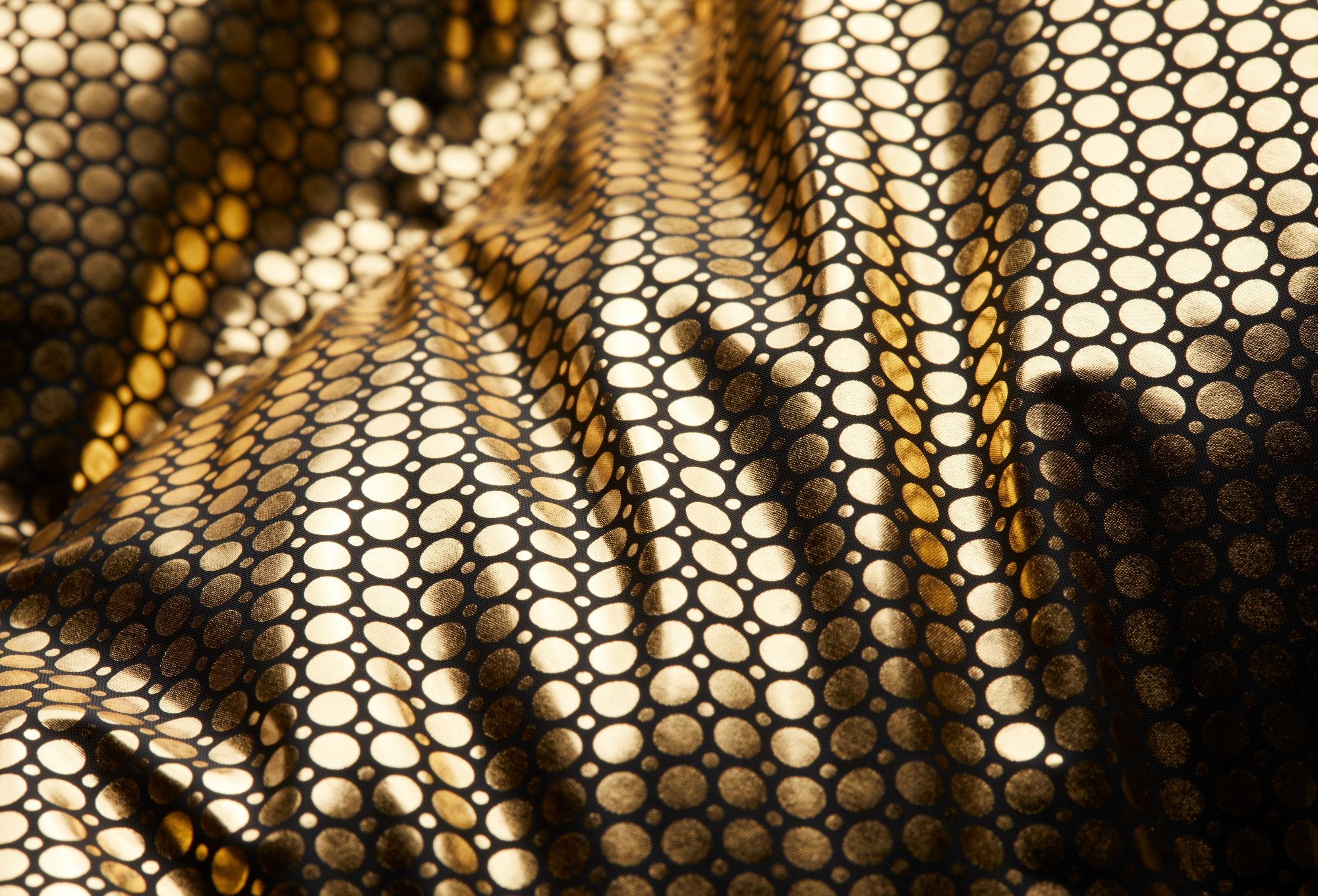
Columbia tested the material at its lab in Portland, Oregon, to ensure it could hold up to the vacuum of space and the vast temperature swings on the moon, ranging from 250 degrees to -250 degrees Fahrenheit when it’s not receiving sunlight.
“It’s exactly the same material that we use in our jackets.”
Columbia’s material uses the same principles as NASA space blankets, which many people associate with the shiny foil on spacecraft. The textile integrates thin metal to reflect a person’s body heat. In between a pattern of metallic dots are spaces that allow it to breathe like a fabric, said Beckham, who has a doctorate degree in chemistry and expertise in polymer materials.
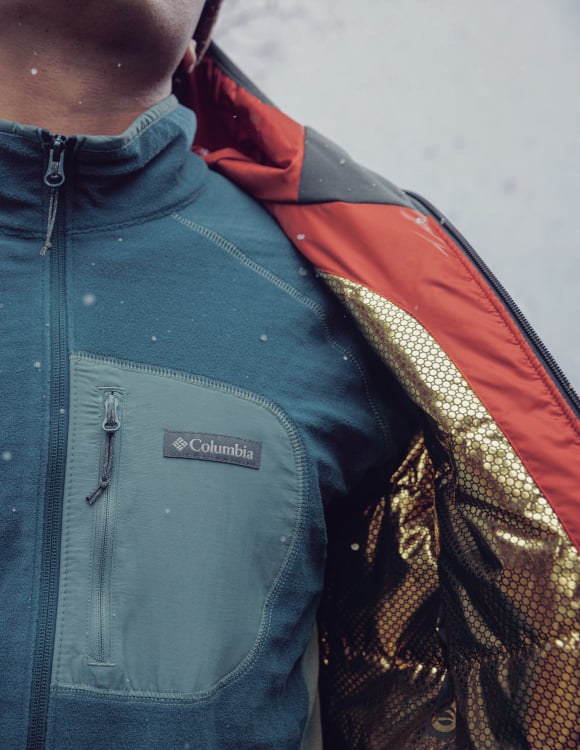
The unique partnership has already sparked new innovations that could benefit consumers, similar to the kind of spinoff technology NASA is famous for.
Shortly after teaming up with Intuitive Machines, Columbia’s engineers got a close-up look at multilayer insulation blankets, which have polyester netting between each foil layer. The mesh insert prevents the metal from touching, which could cause short-circuiting of conduction. Translation: loss of heat.
That’s how Columbia got its idea for an even warmer jacket using a second layer of foil in the lining and shell fabric, separated with polyester in between. The result was the company’s Arch Rock Double Wall Elite jacket, which debuted last fall.
“Working with those guys has inspired yet further development in terms of the jackets that we can provide for humans right here on Earth,” Beckham said. “It’s a real cool, full-circle story.”
